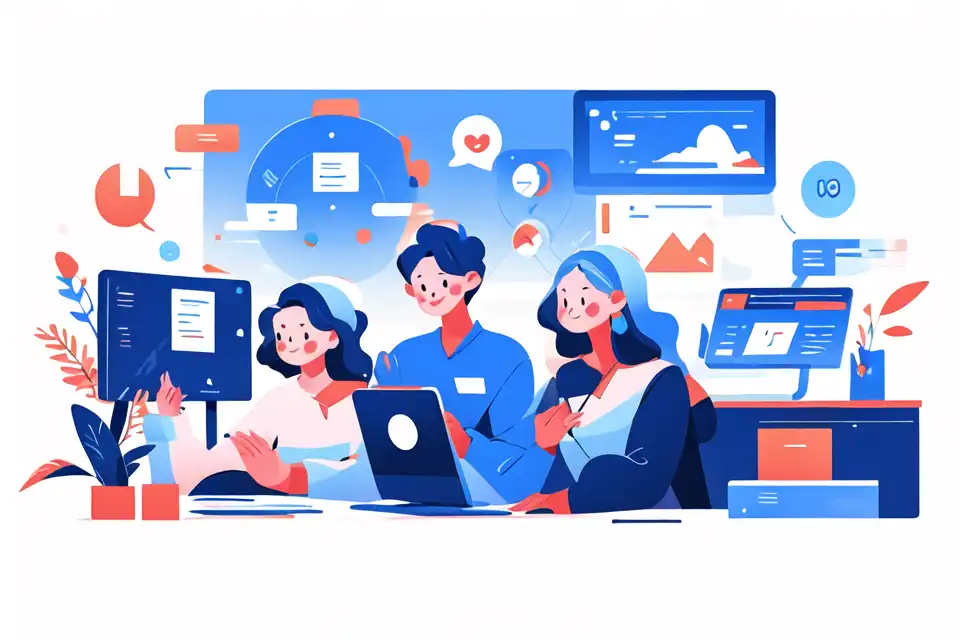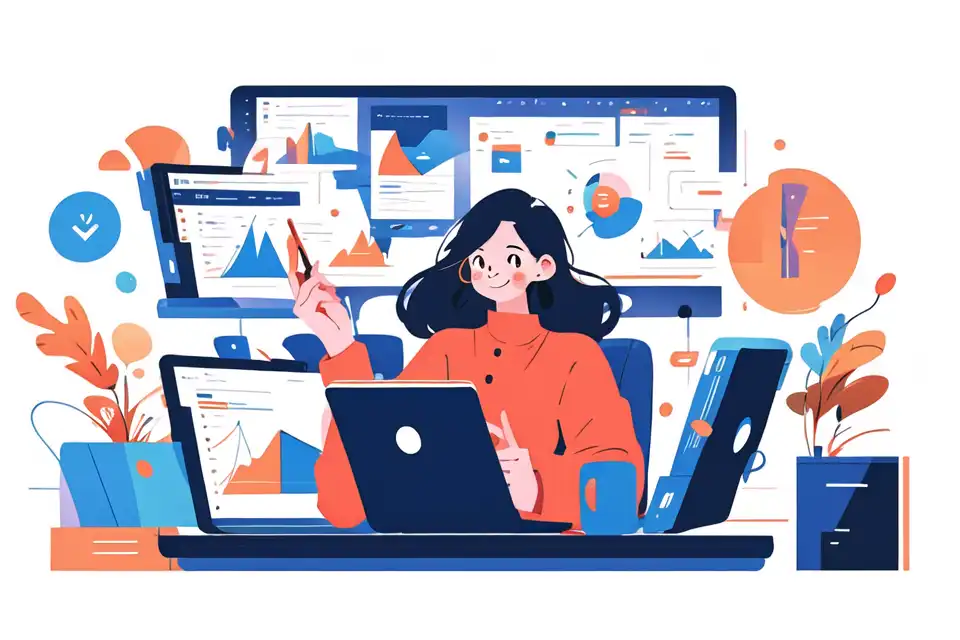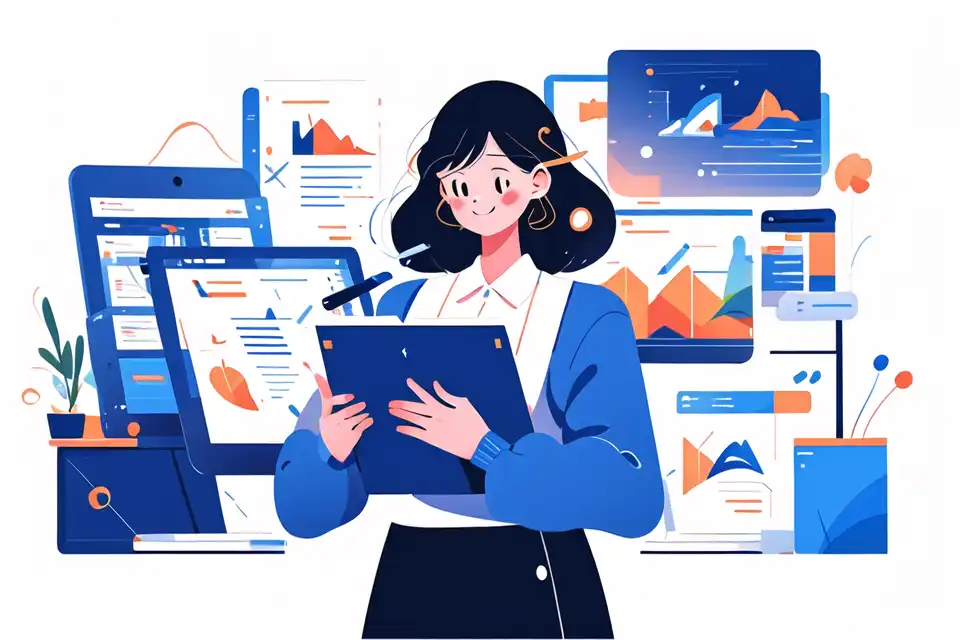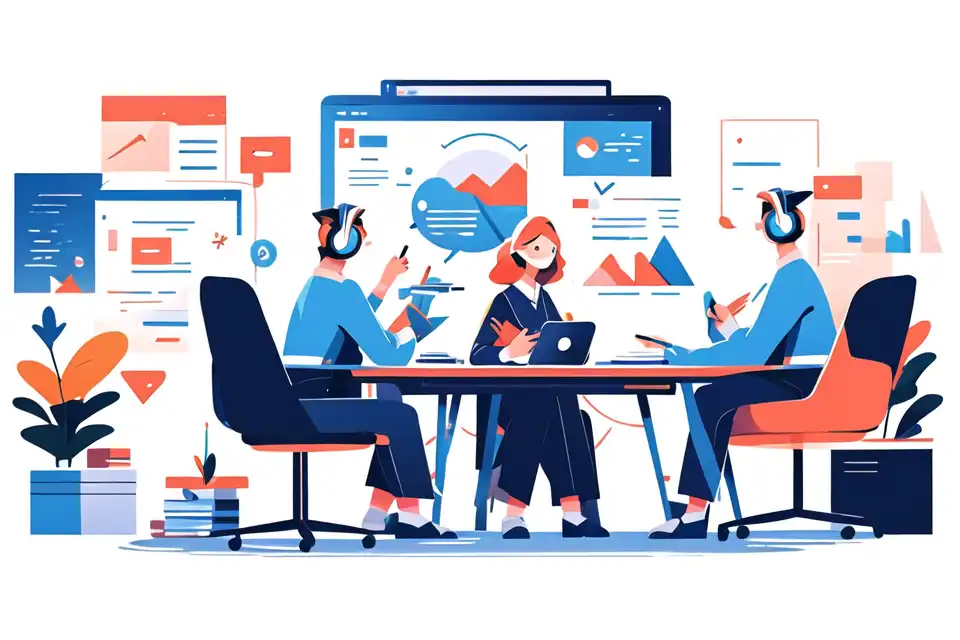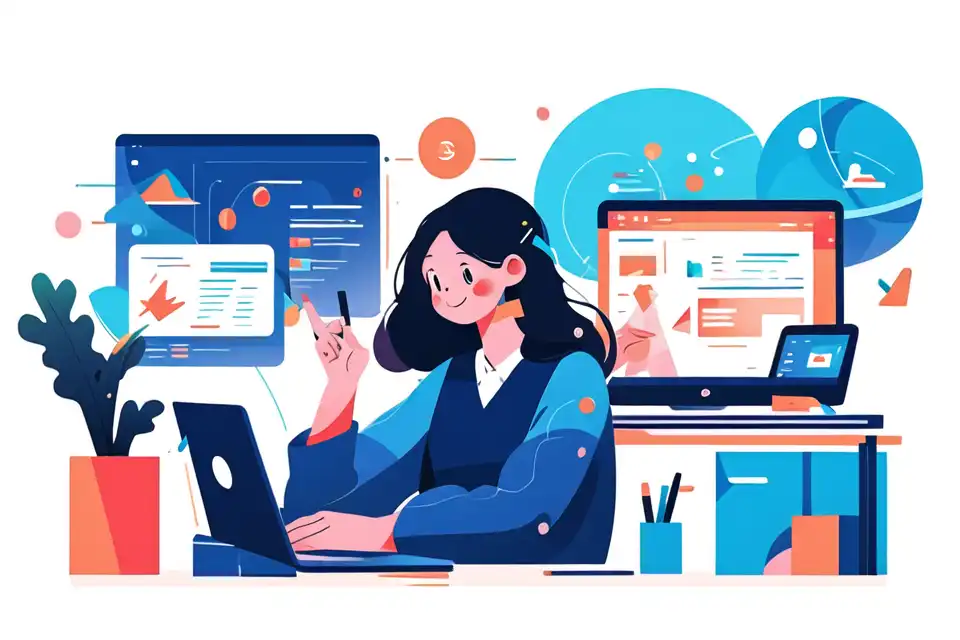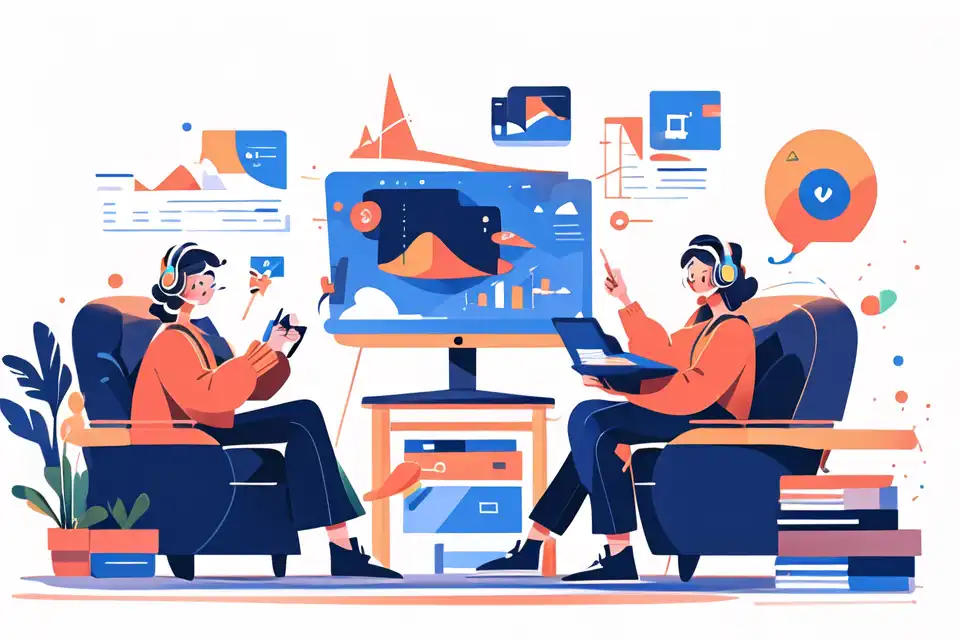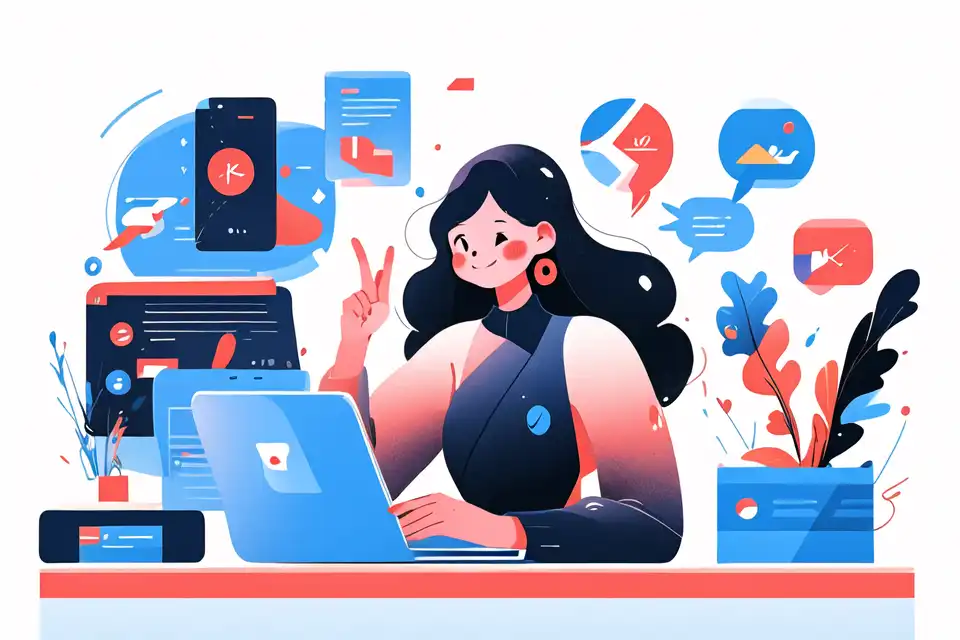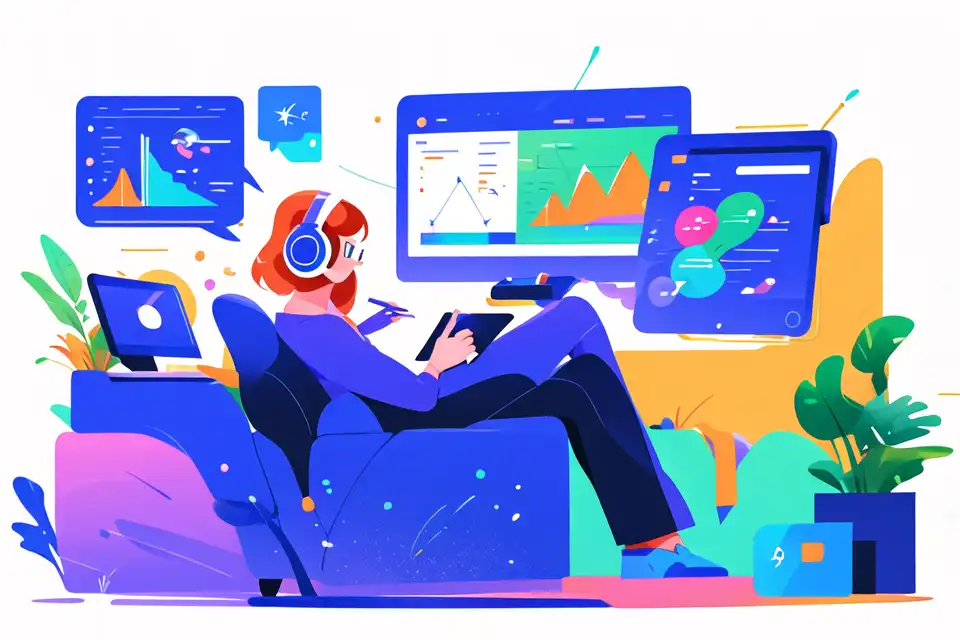
In the rapid progression of the digital age, the term "Artificial Intelligence" (AI) has transitioned from science fiction jargon to a business reality. One emerging facet of this reality is AI standardization. But what exactly does AI standardization mean, and how does it impact the modern corporate world?
AI standardization refers to the process of setting common rules and guidelines for the development and use of AI technologies. These rules ensure that AI systems across different platforms work in a consistent, interoperable manner.
According to a report by Mckinsey Global Institute, AI could deliver additional economic output of around $13 trillion by 2030, boosting global GDP by about 1.2 percent a year. A significant portion of this output will be driven by businesses that have successfully implemented AI standardization, enabling them to harness AI’s potential more effectively. This introduction sets the stage for an in-depth exploration of AI standardization and its impact on the business landscape.
"Unlock the power of Lark to elevate your business operations."
The power of ai standardization
AI standardization has the potential to revolutionize businesses by boosting workplace productivity and spurring innovation. By setting uniform standards for AI development and usage, businesses can achieve streamlined operations, enhanced interoperability, and reduced redundancy.
Boosting Workplace Productivity
Imagine a working environment where every AI system speaks the same language, understands the same commands, and follows the same rules. This is the promise of AI standardization. By ensuring that all AI systems follow a common set of rules, businesses can avoid the confusion and inefficiency that come with incompatible systems. This leads to improved workflow, better communication, and ultimately, increased productivity.
Reinventing Innovation
AI standardization also has the potential to drive innovation. For example, AI standards can help facilitate the sharing of ideas and technologies among different companies. This cross-pollination of ideas can lead to new, innovative solutions that push the boundaries of what AI can achieve.
Implementing ai standardization: a strategic approach
Acknowledging the power of AI standardization is one thing. Implementing it is another. It requires a strategic approach that not only integrates AI standardization into existing work processes but also adopts best practices for its effective implementation.
Integrating AI Standardization
To integrate AI standardization, businesses could start by conducting an audit of their existing AI systems. This would involve identifying the various AI technologies in use, their functionalities, and their compatibility with standard rules and protocols.
Best Practices for AI Standardization
Following the audit, businesses should adopt a set of best practices to ensure successful AI standardization. This includes adhering to globally recognized AI standards, regular training and updates for staff, and continuous evaluation and improvement of AI systems.
Learn more about Lark can help you with everything mentioned in the article.
Technological considerations for ai standardization
AI standardization is a technological process, and as such, it requires the right tools, platforms, and technologies. Businesses must understand how these tools work and how to integrate them effectively into their operations.
Key AI Standardization Technologies
Several technologies can help facilitate AI standardization. These include machine learning platforms, natural language processing tools, and data analysis software. Each of these technologies plays a crucial role in ensuring that AI systems operate consistently and efficiently.
Integration Strategies
Successful integration of AI standardization technologies requires a strategic approach. This may involve identifying the right technology partners, investing in the necessary infrastructure, and training staff on how to use the new tools.
Real-world success: case studies in ai standardization
There are several examples of businesses that have successfully leveraged AI standardization to boost productivity and drive innovation. Each of these case studies provides valuable lessons on the benefits and best practices of AI standardization.
Case Study 1
A leading global retailer was able to streamline its supply chain operations by implementing AI standardization. By ensuring that all its AI systems followed a common set of rules, the company was able to significantly reduce redundancies and improve efficiency.
Case Study 2
A multinational technology company leveraged AI standardization to enhance its product development process. The company's standardized AI systems were able to seamlessly share data and collaborate, leading to faster, more innovative product designs.
Learn more about Lark can help you with everything mentioned in the article.
Overcoming challenges in ai standardization
While AI standardization offers immense benefits, it is not without its challenges. Businesses must identify these potential obstacles and adopt effective mitigation strategies to ensure successful AI standardization.
Identifying Potential Obstacles
Some of the potential challenges in AI standardization include resistance to change, lack of technical expertise, and data privacy concerns. Understanding these challenges is the first step towards overcoming them.
Mitigation Strategies and Solutions
Effective mitigation strategies include continuous staff training, fostering an organizational culture that embraces change, and implementing stringent data privacy measures.
Trends and future of ai standardization
AI standardization is not a static process. It continues to evolve as new technologies emerge and as businesses find innovative applications for AI. Keeping up with these trends and preparing for the future is crucial for businesses that want to stay ahead of the curve.
Emerging Applications
From healthcare to finance, AI standardization is finding new applications in various industries. These emerging applications are not only revolutionizing these sectors but also providing new opportunities for businesses.
Preparing for the Future
To prepare for the future of AI standardization, businesses should focus on continuous learning, investing in the right technologies, and fostering a culture of innovation.
Learn more about Lark can help you with everything mentioned in the article.
Conclusion: the transformative impact of ai standardization
AI standardization has the potential to transform the way businesses operate. From boosting productivity to driving innovation, the benefits are evident. However, realizing these benefits requires a strategic approach that involves integrating AI standardization into existing processes, adopting best practices, and overcoming potential challenges.
Faqs on ai standardization
What is AI Standardization?
AI Standardization refers to the process of setting common rules and guidelines for the development and use of AI technologies.
Why is AI Standardization Important for My Business?
AI Standardization can help boost productivity, spur innovation, and ensure seamless communication and interoperability among different AI systems in your business.
What are the Challenges in Implementing AI Standardization?
Challenges in implementing AI standardization include resistance to change, lack of technical expertise, and data privacy concerns.
What are Some Successful Examples of AI Standardization?
Several businesses, including a leading global retailer and a multinational technology company, have successfully implemented AI standardization, leading to improved productivity and innovation.
How Can I Prepare My Business for Future Developments in AI Standardization?
Preparing your business for future developments in AI standardization involves continuous learning, investing in the right technologies, and fostering a culture of innovation.
"Unlock the power of Lark to elevate your business operations."
